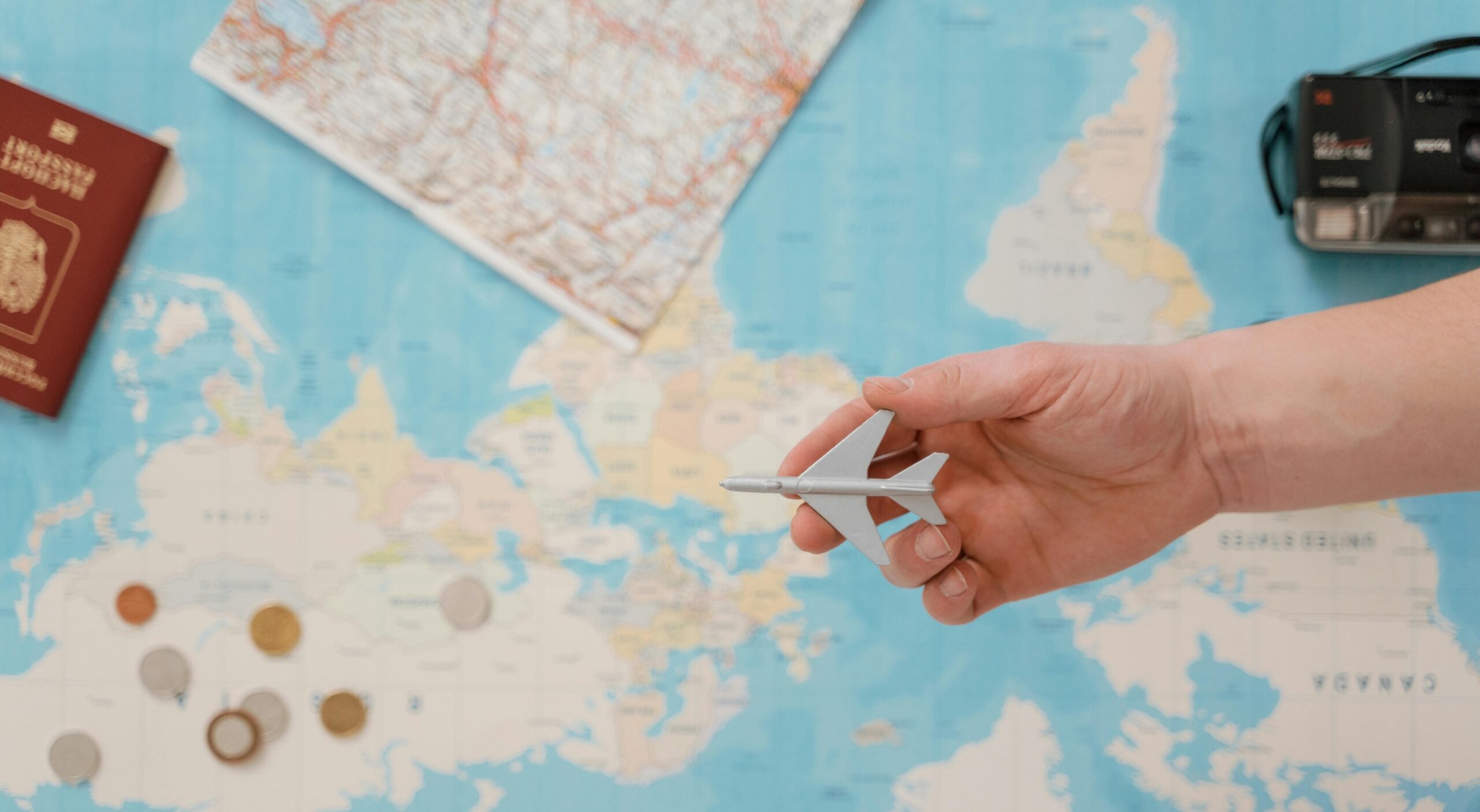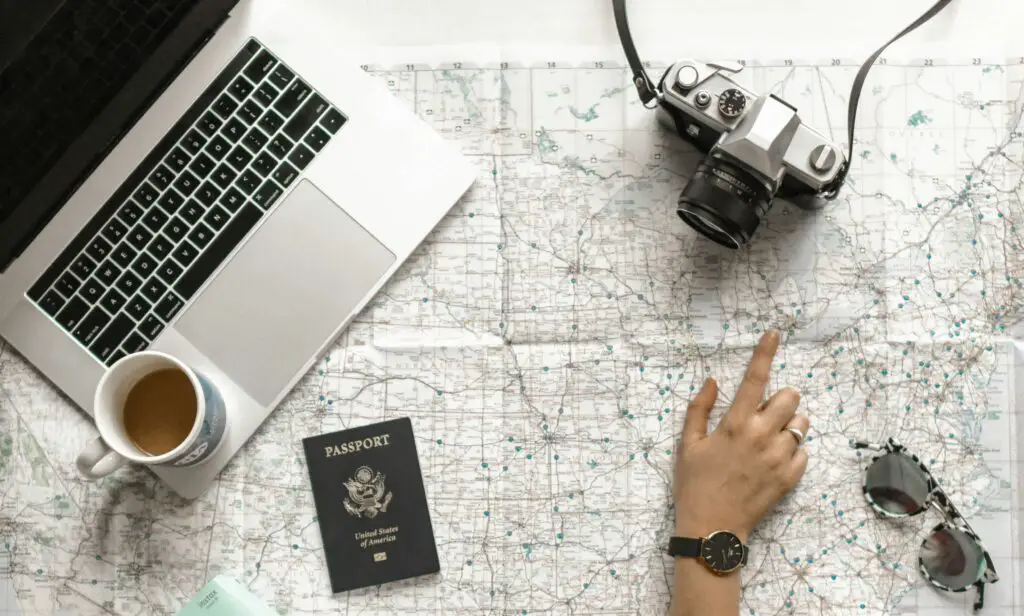
North Dakota is a destination of unexpected beauty and profound discovery. This North Dakota Itinerary is designed to guide you on a journey into a state where vast skies meet rugged landscapes and hidden gems wait in quiet corners off the beaten path. From dramatic rock formations and winding prairie roads to historic towns echoing with the footsteps of pioneers, every mile of this itinerary tells its own unique story.
Whether you’re seeking contemplative solitude in nature or an immersive dive into cultural heritage, North Dakota offers a tapestry of experiences that surprise and delight the curious traveler. North Dakota stands out as a unique encounter in the Midwest USA landscape, where every experience enriches your appreciation of both nature and history.
In this guide, we delve into not only the well-known scenic marvels but also the lesser-celebrated treasures that define the spirit of North Dakota. You’ll discover how to navigate natural wonders—where the interplay of light and earth creates breathtaking panoramas—and explore history preserved in time through old homesteads, museums, and monuments. Each section is carefully structured to help you connect with the land and its people.
As you follow along, you’ll be inspired to uncover those hidden gems tucked away along backroads and in small towns, where local stories merge with the vast beauty of the land. Prepare for a journey of awe, reflection, and adventure where every experience deepens your connection with North Dakota’s enduring charm and character.
Exploring the Natural Wonders of North Dakota

The Majestic Badlands and Beyond
One of North Dakota’s most striking features is its dramatic natural landscape. The Badlands—characterized by its eroded formations and expansive vistas—serves as a powerful symbol of the state’s rugged charm. Here, wandering along winding trails, you can marvel at the layers of sediment that chronicle ancient histories while absorbing the raw beauty of nature in its most uncompromised form. As you journey through these surreal, windswept vistas, each bend in the path brings a new perspective on the natural history of the region.
Beyond the Badlands, pristine lakes shimmer under endless skies, and lesser-known state parks offer quiet havens for hiking, birdwatching, and photography. Scenic byways meander through expansive fields and woodlands, often leading to spontaneous stops at overlooks that present unparalleled views. Whether you’re pausing for reflection or snapping that perfect photograph, these hidden trails and scenic routes transform your trip into a continuous discovery of nature’s secrets.
Hidden Trails and Scenic Routes
Travel off the main highways to find a network of hidden trails and secondary roads that reveal secret locations few visitors ever experience. A quiet river bend or a secluded overlook on a rolling ridge offers the perfect setting for a reflective break or a memorable photo opportunity. When planning your route, be sure to seek local recommendations that lead you to pristine landscapes unspoiled by heavy tourism. These less-advertised paths add a spirited element of adventure to your North Dakota Itinerary, ensuring that every journey brings something completely unexpected.
Discovering Rich History and Cultural Heritage
Historic Towns and Landmarks
North Dakota’s history is as expansive as its landscape. Small historic towns dot the region, each narrating its chapter of pioneer progress, agricultural innovation, and community resilience. As you follow this North Dakota Itinerary, take time to explore these landmarks where old storefronts, preserved railway stations, and local museums offer a window into the state’s storied past. The architecture—from rustic barns to weathered civic buildings—resonates with the legacy of early settlers and indigenous cultures, inviting you to step back in time.
Local heritage centers and community museums further contextualize North Dakota’s evolution with artifacts, interactive exhibits, and narratives that honor indigenous traditions as well as frontier challenges. These cultural hubs add a soulful layer to your itinerary, merging scenic exploration with educational encounters that deepen your understanding of life on America’s Great Plains.
Celebrating Local Art and Folklore
Beyond tangible historical sites, North Dakota pulses with cultural expression through local art and folklore. In galleries and artisan workshops, creative works inspired by the sweeping landscapes and challenging environments come alive. Community events and local festivals offer the chance to hear traditional music, savor regional dishes (while steering clear of mentions related to wine or casinos), and experience celebrations that highlight communal resilience.
For travelers interested in regional cuisine, insights from Wisconsin’s Must-Try Dishes provide an intriguing comparison to local flavors, showcasing the diversity of Midwestern culinary traditions. These experiences ensure you not only see history but also feel the living beat of North Dakota’s cultural heritage.
Outdoor Adventures and Recreational Escapes

Hiking Trails and Wildlife Encounters
For adventure seekers, North Dakota offers an abundance of outdoor activities that nurture both body and soul. Trails crisscross through forested areas, prairie lands, and rugged terrain, inviting visitors to embark on invigorating hikes. Whether you’re setting off on a family-friendly stroll or tackling more challenging paths reserved for seasoned explorers, each step deepens your connection with the land. Wildlife encounters—with graceful deer and elusive birds of prey—further enrich these paths, reminding travelers of nature’s delicate balance in a thriving ecosystem.
Every hike becomes an intimate encounter with North Dakota’s natural splendor. The combination of physical exertion and serene surroundings forms moments of reflection and an undeniable sense of achievement. These excursions, carefully woven into your North Dakota Itinerary, transform routine travel into a soulful journey in time and nature.
Boating, Fishing, and Stargazing
Water-based adventures add another vibrant chapter to your itinerary. North Dakota’s clear lakes and meandering rivers beckon for quiet days of boating or fishing in calm, natural settings. Whether you paddle a kayak across a placid lake or cast a line from a quiet dock, these experiences offer rewarding moments of solitude and connection. Each waterway encapsulates a microcosm of life, where fish, waterfowl, and aquatic plants create a delicate ecological balance.
As evening falls, the expansive night sky transforms above you into a glittering tapestry of stars. Far from intrusive urban lights, stargazing here is a celestial event that caps off a day of exploration beautifully. These water and sky adventures provide a refreshing pause in your itinerary, enriching your journey with moments of quiet wonder and awe.
Urban Exploration: Vibrant Cities and Local Communities
City Charm and Modern Culture
While North Dakota is renowned for its natural landscapes, its cities offer dynamic urban experiences filled with local charm and modern vibrancy. Metropolitan hubs such as Fargo and Bismarck blend contemporary culture with historical roots. A stroll through bustling downtowns reveals a mix of modern architecture interspersed with restored heritage buildings and public art installations that celebrate local creativity. Such urban vibes offer a striking contrast to the state’s rural tranquility while maintaining a strong sense of character.
Local art galleries, creative workspaces, and lively community markets illustrate the innovative spirit of the region. When hunger strikes or you crave a quick bite during your urban explorations, simply use Nearest Restaurant to You for immediate recommendations. These city experiences are an enriching complement to your itinerary, where modern leisure meets rich local culture.
Community Connections and Local Experiences
North Dakota’s small-town charm is equally compelling, where the warmth of community defines everyday life. Farmers’ markets, community festivals, and locally owned shops offer immersive experiences that go beyond typical sightseeing. In these friendly settings, striking up a conversation with a local artisanal vendor or discovering age-old traditions provides a genuine connection to the state’s cultural mosaic.
In these communities, every interaction weaves additional texture into your North Dakota Itinerary. The personal stories of residents echo past challenges and present triumphs, illuminating the social fabric of a region that thrives on unity and perseverance. Such insights offer travelers not just a destination, but a heartfelt experience that invites you to become part of North Dakota’s continuing story.
Planning Your North Dakota Itinerary

Travel Essentials and Seasonal Considerations
A memorable North Dakota trip begins with thorough planning. Researching weather patterns, road conditions, and seasonal activities not only ensures safety but also optimizes your itinerary. North Dakota’s climate ranges from warm, sunlit summers ideal for outdoor adventures to crisp, reflective autumns and serene, snowy winters. Tailoring your travel plans to the season allows you to experience the state at its most beautiful and accessible. For additional insights, check out these practical travel tips that help you navigate seasonal variances with confidence.
If your journey originates outside the region, you might benefit from exploring transit options—consider reviewing Intermodal Transportation in Chicago for efficient travel connections. And if your itinerary extends beyond state borders, Iowa Travel Hacks offer useful advice for multi-state adventures. Don’t forget to learn strategies on How to Save to keep your travel budget in check without missing essential experiences.
Accommodations and Local Logistics
North Dakota provides a diverse range of lodging options to suit every preference and budget, from rustic lodges and quaint bed-and-breakfasts to modern hotels in thriving cities. Many small towns pride themselves on locally run accommodations that offer both comfort and an authentic taste of regional hospitality. For a more personalized planning experience, consider using our travel planner, which can help tailor your itinerary to your interests.
Booking platforms offer a wide selection of accommodations and activities to round out your trip. For travelers venturing out on their own, especially women, resources such as Solo Female Travel and Safety Tips for Women provide essential advice to ensure a secure and fulfilling journey. To round out your regional exploration, why not extend your adventure with a South Dakota Road Trip, further immersing yourself in the beauty of neighboring locales? Finally, for extra peace of mind, consider obtaining travel insurance through SafetyWing.
Conclusion
North Dakota invites travelers to step away from the mundane and embrace an adventure that intertwines natural splendor with rich cultural heritage. This North Dakota Itinerary has guided us through majestic landscapes, historic towns, and vibrant communities where every corner hides a story waiting to be discovered. From the enigmatic Badlands and quiet trails to lively urban centers and community events, each experience reflects the enduring spirit of a state that is as rugged as it is welcoming.
As you plan your journey, remember that thoughtful preparation balanced with spontaneous exploration transforms a simple trip into an unforgettable adventure. Whether you’re using practical resources like travel tips or a personalized approach via a personal travel planner, every decision enriches your travel narrative. The connections forged, the insights gained, and the memories created will reverberate long after you leave. Embrace this adventure with an open heart and a curious mind, and let North Dakota’s hidden gems inspire you to seek even more beauty in every corner of your journey.



